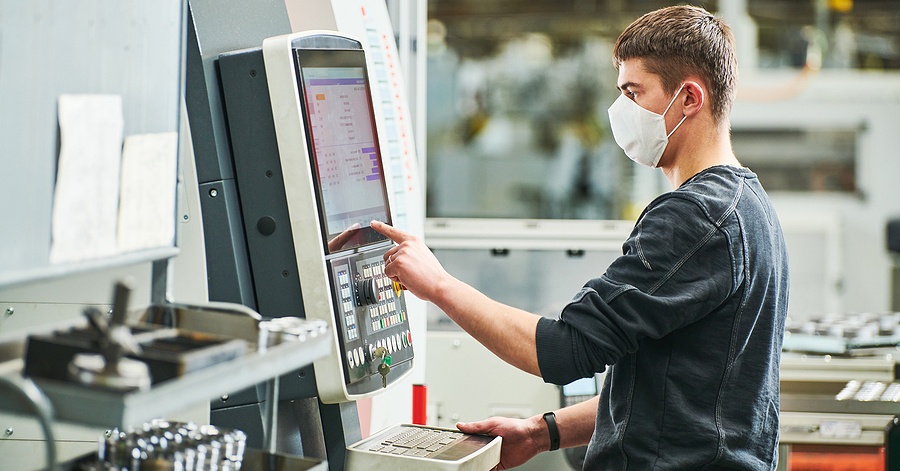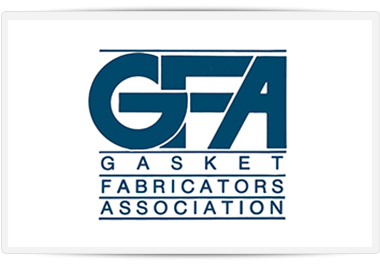When it comes to choosing the best die cutting process, there are no universal approaches. Each die cutting process can deliver different results based on the material and application. And one of the most versatile die cutting processes is rotary die cutting.
At Frank Lowe, we use various forms of die cutting to best meet the needs of our clients. Let's take a closer look at the ins and outs of the rotary die cutting process.
Rotary Die Cutting Process
Rotary die cutting is a cost-efficient and quick way to generate gaskets, parts, and components in exact cuts, shapes, and folds without sacrificing the speed of construction.
The rotary die cutting process works by having a custom-made cylindrical die that is repeatedly pressed against a hardened anvil roll. In application, the non-metallic materials are fed from unwind spindles, so the components can be fabricated as individual parts.
Materials can be laminated together and then die cut, and pressure-sensitive adhesives can be applied. Our machines have the ability to create complex die cuts as well as multi-layered components.
Rotary Die Cutting Machines Can Create Kiss Cuts
One unique advantage of the rotary die cutting process is the ability to create kiss cut components. Kiss-cut components explain when the primary material is completely cut through while leaving the underlying liner paper intact.
With kiss cutting, the rotary die cuts completely through the non-metallic elastomer and gently "kisses" the liner paper or adhesive lamination backing.
What Are the Benefits of the Rotary Die Cutting Process?
Every die cutting process offers a unique set of benefits. In fact, we may use more than one method to achieve your application and project goals. Here are some of the top benefits of the rotary die cutting process.
Speed: Rotary die cutting can quickly deliver die cut components in an efficient manner.
Cost: Rotary die cutting can be very cost-efficient. This is due to the fact that rotary die cutting can perform all operations in line, which saves money and time.
Less waste: Rotary die cutting can lead to less waste than other procedures.
Precision: Because this method uses a die, you can be certain each component is identical to the next.
Versatility: Rotary die cutting machines can cut through almost any material.
Multifunctional: This machine can perform several tasks based on your unique needs, such as kiss cutting, laminating, and more.
Efficiency: Due to the speed of the rotary die cutting process, it's an excellent option for large production runs. And because the cutting pattern is set, there are usually no adjustments required between cuts.
The Rotary Die Cutting Process Works with a Range of Material
At Frank Lowe, we can use rotary die cutting for a vast range of materials, including neoprene sponge, silicone sponge, polyurethane, felt, and a host of other materials. We regularly use the rotary die cutting process for an array of applications:
Top Considerations for the Rotary Die Cutting Process
While the rotary die cutting process includes several benefits, there are a few considerations that should be made prior to using this method.
Is Rotary Die Cutting the Best Option for My Application
When determining whether rotary die cutting is best for your application, there are a number of different factors to consider. Fortunately, the team at Frank Lowe will walk you through the entire process.
Our team of production engineers will naturally opt for the fastest and most cost-efficient method of die cutting based on the design, budget, goals, and delivery requirements. As the leading custom manufacturing firm, Frank Lowe offers:
We can even use more than one method if the application requires it. Simply put, Frank Lowe will meet your needs and exceed your expectations.
Contact Frank Lowe
We offer a full range of custom fabrication solutions, including:
We provide comprehensive design assistance, prototyping, and testing to make sure you have the right component for your application or product.
Contact Frank Lowe today for your die cutting needs.






